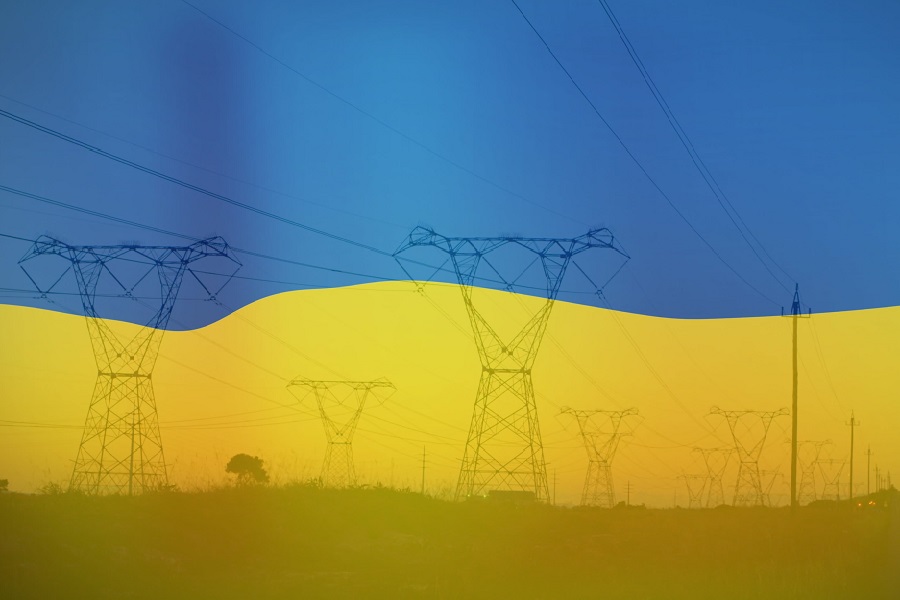Economic Policies for Affordable, Secure and Clean Energy: Insights from India
Priya Sahu and Nirosha Elsem Varghese | 3 April 2025
Fiscal, Discussion Notes | Tags: Energy, Fossil Fuel Subsidies, India, Renewables
India is making significant strides toward affordable, secure and clean energy with the help of ambitious economic policy packages. Yet, like in other countries, many challenges remain.
The country aims to have 50% of its power generation capacity to be based on non-fossil fuel sources by 2030. By 2024, it had already reached 45%. Expanding low-carbon electricity production will be pivotal in meeting the rapidly increasing demand, which necessitates substantial investments over an extended period. However, India’s low electricity prices, while beneficial for consumers, limit revenue for clean energy investments. The financial viability of state-run electricity distribution companies (DISCOMs) remains a concern, with persistent losses impacting the scope for reforms.
India’s transport sector contributes significantly to greenhouse gas (GHG) emissions. Policies like FAME (Faster Adoption and Manufacturing of Hybrid and Electric Vehicles) and the Prime Minister’s E-Drive Scheme support electric vehicle (EV) adoption, with a target of EVs accounting for 30% of all car sales by 2030. In freight transport, railways and dedicated freight corridors are being prioritized for decarbonization.
Households’ access to electricity has been strongly improved by government programmes such as the Saubhagya scheme, which achieved near-universal household electrification and promoted energy-efficient lighting in rural areas. Switching to clean cooking, with its beneficial impact on local air quality and people’s health, has progressed – but too slowly particularly in rural areas. Solar cooking initiatives and improved biomass stoves aim to reduce dependence on polluting fuels, though adoption remains limited by high costs and cultural resistance.
India’s industrial sector is the largest final consumer of energy. This substantial energy demand, predominantly met through fossil fuels like coal, underscores significant challenges. Technical solutions such as green hydrogen, CCUS, and recycling are being tested, but costs remain prohibitive.
Transitioning to cleaner energy sources and improving energy efficiency are critical to ensuring India’s sustainable growth. But socio-economic compulsions as well as its ability to meet peak demand will perpetuate the dominant position of coal in the energy power mix. The ‘Economic Survey’ released on 31 January 2025 by the Indian government acknowledges the crucial role of coal in meeting the energy needs given the low availability of domestic natural gas. The report highlights the role of supercritical, ultra-supercritical and advanced ultra-supercritical technologies to maximise efficiency in the use of coal. While the adoption of these technologies can contribute to reducing carbon emissions, simultaneous investment in renewable sources is paramount.
Large-scale private funding, both domestic and foreign, will be required to support research and deployment of clean energy in the electricity, transportation, household, and manufacturing sectors. Enabling policy frameworks that attract financing and reduce the cost of capital will be crucial to sustain India’s future in affordable, secure, and clean energy.
Download the Discussion Note




